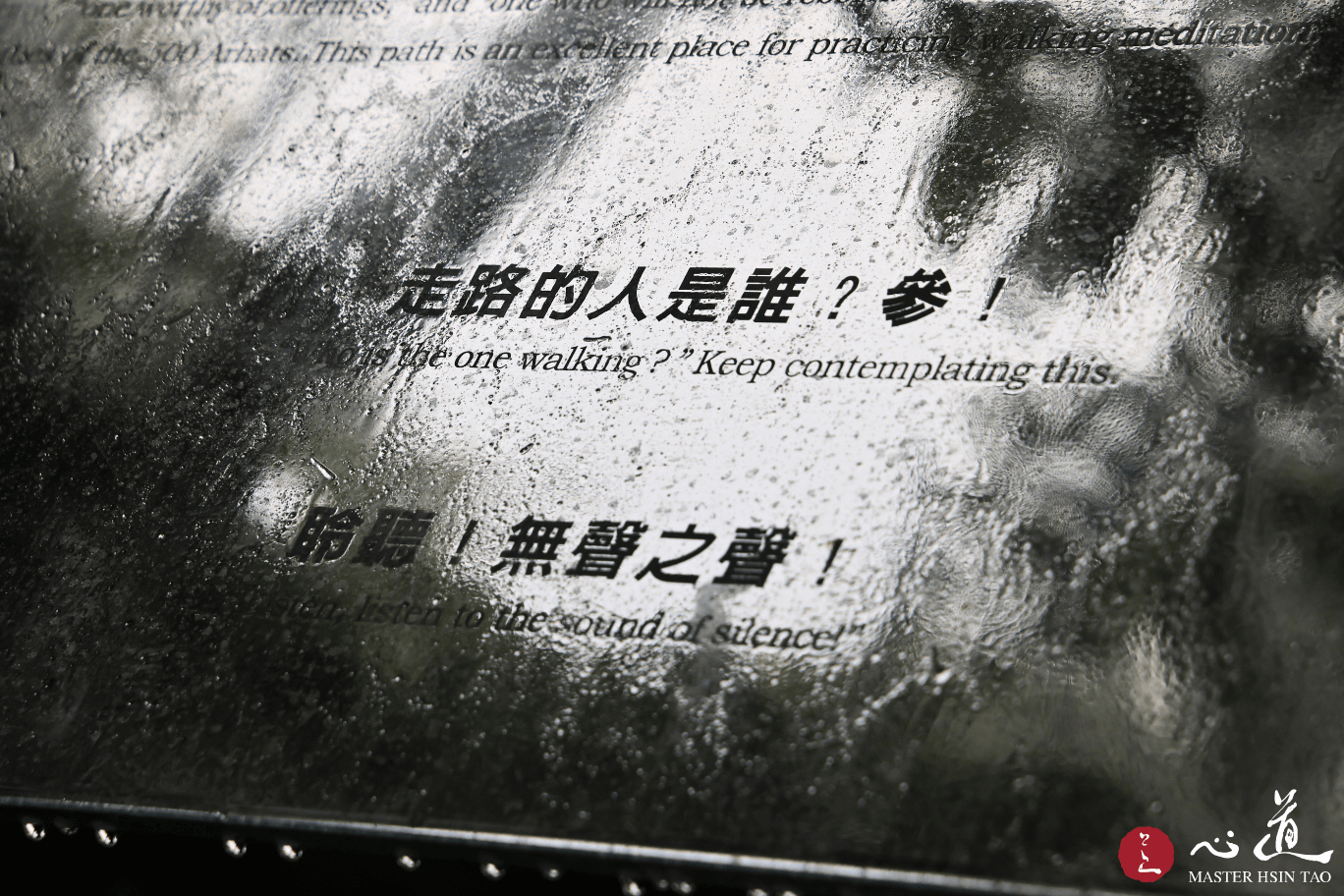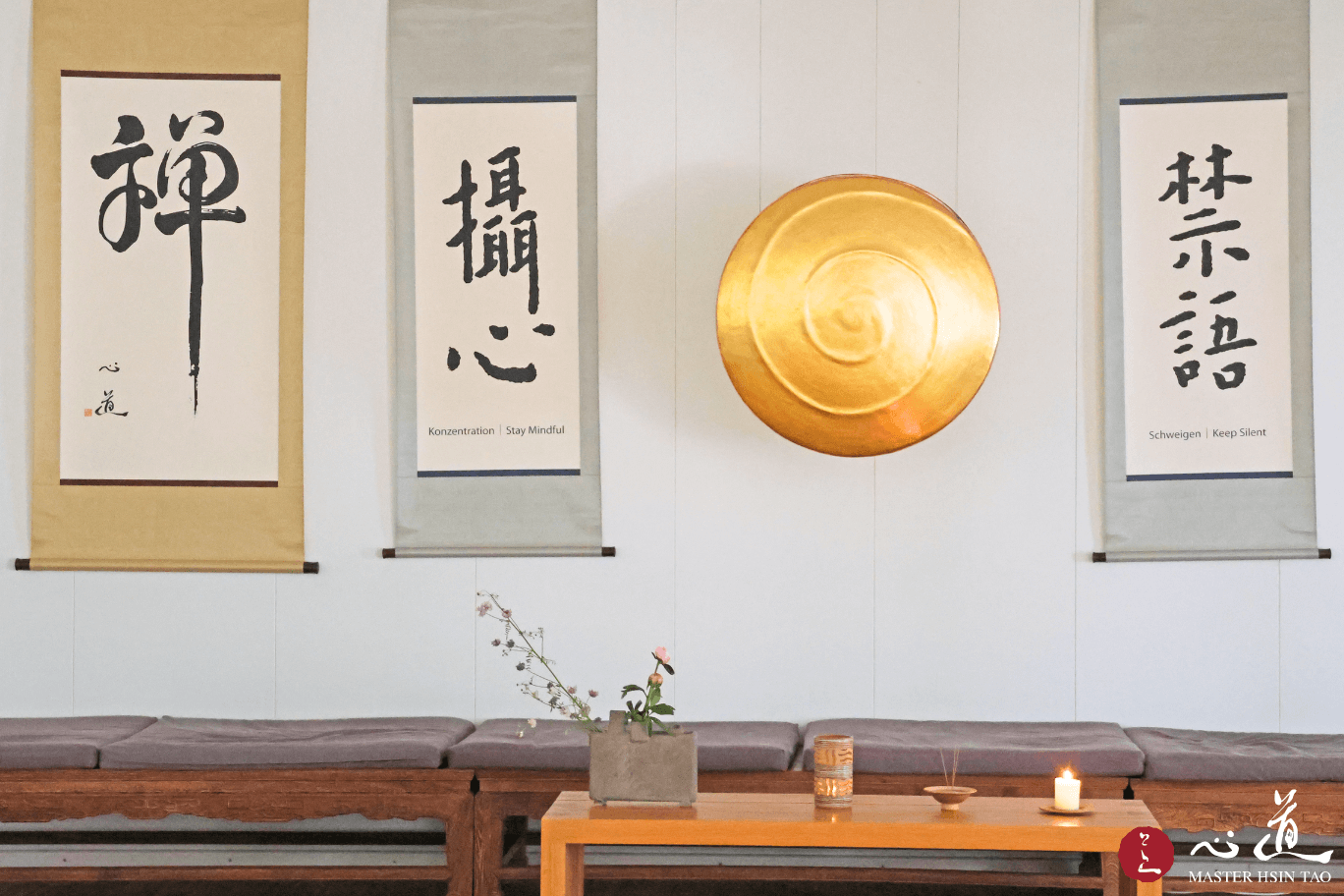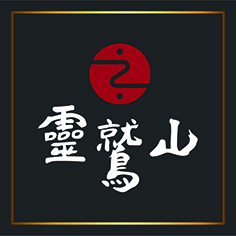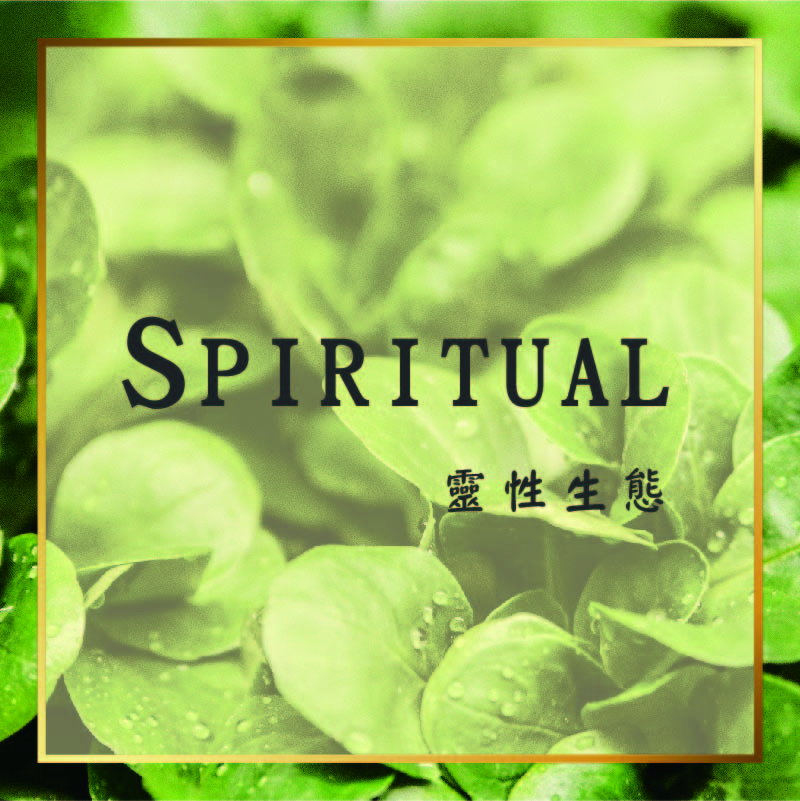
Listening to the Silence of the Primordial Awareness
 What is silence? It is stillness without sound. And what does it mean to listen to silence? It is to listen to the soundless sound. This method of practice is called “Guan Yin’s Method of Listening to Sound.” Within it lies the triad of the sensory faculty of the ears, the perceived object, and the resultant consciousness. The sensory faculty is devoid of discrimination; the perceived object refers to appearances and phenomena; and consciousness refers to discriminating thought. The faculty is none other than the ears themselves. Thus, when we listen to silence, we do so not with the discriminating ear-consciousness, but with the faculty that perceives the sound.
What is silence? It is stillness without sound. And what does it mean to listen to silence? It is to listen to the soundless sound. This method of practice is called “Guan Yin’s Method of Listening to Sound.” Within it lies the triad of the sensory faculty of the ears, the perceived object, and the resultant consciousness. The sensory faculty is devoid of discrimination; the perceived object refers to appearances and phenomena; and consciousness refers to discriminating thought. The faculty is none other than the ears themselves. Thus, when we listen to silence, we do so not with the discriminating ear-consciousness, but with the faculty that perceives the sound.
In Chan practice, the mind must strive to remain free of attachment and entanglement. Should these arise, we should contemplate emptiness: all things arise when causes and conditions converge, and cease in the same manner. Nothing abides. When conditions come together, things arise; when conditions fall away, things disintegrate. All that arises, ceases of its own accord. Our primordial awareness is naturally self-liberating. Therefore, we do not follow appearances with concepts and projections that cloud the mind. Instead, we contemplate the unobstructed, unattached clarity of awareness itself. At the very moment a thought arises, we look directly into its essence.
 So what are we truly listening to? We are listening to primordial awareness. In the act of hearing is to abide in this primordial awareness. And what is this awareness? It has no beginning or end, no form or notions. It cannot be seized or attained. It is perfect as it is. Gradually, as we grow familiar with the luminous nature of awareness—its quality of non-attachment and freedom—it will begin to shine through on its own. Ordinarily, however, the moment the mind stirs, we fall into old patterns. We are habituated to discursive thought, to attachment, to the flows of greed, aversion, and ignorance. These habitual tendencies surface during Chan practice as well. Since beginningless time, countless karmic seeds have been stored in the field of consciousness (alaya). These seeds drift and swirl like motes of dust, subtly influencing the mind. Our thoughts become entangled, attached, and pulled in without awareness.
So what are we truly listening to? We are listening to primordial awareness. In the act of hearing is to abide in this primordial awareness. And what is this awareness? It has no beginning or end, no form or notions. It cannot be seized or attained. It is perfect as it is. Gradually, as we grow familiar with the luminous nature of awareness—its quality of non-attachment and freedom—it will begin to shine through on its own. Ordinarily, however, the moment the mind stirs, we fall into old patterns. We are habituated to discursive thought, to attachment, to the flows of greed, aversion, and ignorance. These habitual tendencies surface during Chan practice as well. Since beginningless time, countless karmic seeds have been stored in the field of consciousness (alaya). These seeds drift and swirl like motes of dust, subtly influencing the mind. Our thoughts become entangled, attached, and pulled in without awareness.
So how do we apply Guan Yin’s Method of Listening to Sound to realize emptiness and remain grounded in the awareness free from attachment? By listening. Simply and quietly—listening. Letting go of all delusions and attachments. The nature of mind is unfabricated, notionless, and unabiding. Thus, in Chan practice, the essential task is to develop an awareness free from duality. The sensory faculty of ears does not discriminate—they just listen. As long as we remain settled in listening, and do not engage the discriminating mind, clarity will naturally arise.
 Discrimination arises when we follow the stream of thoughts—adopting and rejecting in response to what appears. In doing so, we are far from liberation. This very motion of mind—this unceasing flux—is what we call living and dying. But if we rest the entire stream of consciousness in emptiness, the motion of mind ceases. The nature of unarising and unceasing awareness then becomes apparent. On the contrary, if we cannot abide in this way, and instead are swept up in the habits of drifting and restlessness, then the wheel of samsara turns without end. Following the constancy of grasping leads only to continued living and dying. Therefore, we must dedicate time to contemplate the nature of primordial awareness itself. To listen to silence—to listen to the nature of the mind—is to listen with clarity to all that is silent.
Discrimination arises when we follow the stream of thoughts—adopting and rejecting in response to what appears. In doing so, we are far from liberation. This very motion of mind—this unceasing flux—is what we call living and dying. But if we rest the entire stream of consciousness in emptiness, the motion of mind ceases. The nature of unarising and unceasing awareness then becomes apparent. On the contrary, if we cannot abide in this way, and instead are swept up in the habits of drifting and restlessness, then the wheel of samsara turns without end. Following the constancy of grasping leads only to continued living and dying. Therefore, we must dedicate time to contemplate the nature of primordial awareness itself. To listen to silence—to listen to the nature of the mind—is to listen with clarity to all that is silent.













